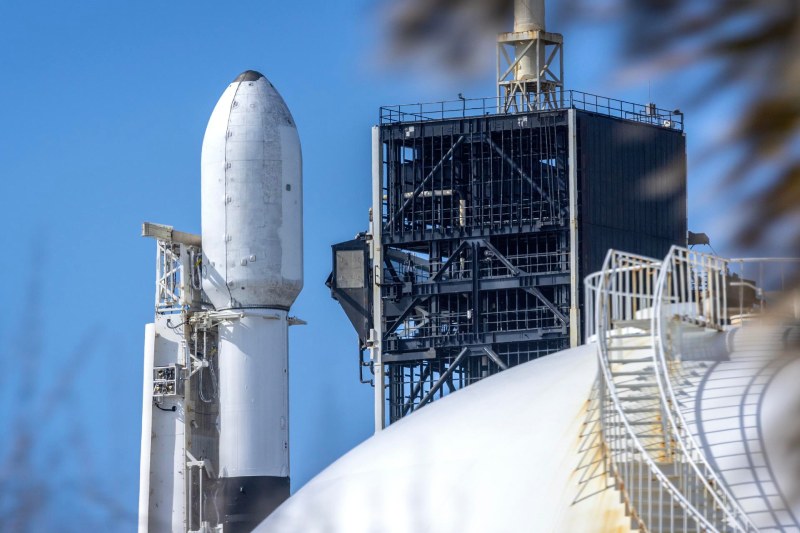Due to a temperature problem with the liquid methane fuel within the spacecraft, SpaceX decided to postpone the launch of a commercial moon lander constructed by Intuitive Machines until late Tuesday, February 13.
Originally planned to launch on a SpaceX Falcon 9 rocket in the early morning hours of Wednesday, February 14, from Pad 39A of NASA’s Kennedy Space Center in Florida, was the Odysseus moon lander. The revised launch window is for no early than 1:05 a.m. EST (0605 GMT) on Thursday, February 15.
In a late-night post on X (previously Twitter), SpaceX stated that it was “standing down from tonight’s attempt due to off-nominal methane temperatures prior to stepping into methane load.”
Liquid methane is used as fuel by Intuitive Machines’ Odysseus lunar lander to power its landing and propulsion systems. Not long before launch, that propellant is supposed to be placed into the lander. In the course of such preparations, SpaceX recorded “improper methane temperatures,” according to a NASA update.
Six NASA instrumentation and six commercial payloads will be transported to the moon by Odysseus.
The Odysseus moon lander launch window for SpaceX and Intuitive Machines is from February 14 to February 16, with the option to land on the moon on February 22. The next attempt at launch could be delayed until March after that. The mission, known as IM-1, is intended to reach a crater close to the lunar south pole and represents Intuitive Machines’ first effort at lunar landing.
In the event that IM-1 is successful, it will be the first private mission to set foot on the moon. Additionally, it will mark the first American lunar landing since NASA’s Apollo 17 crew did so in 1972. NASA’s Commercial Lunar Payload Services program, which employs private spacecraft to transport experiments to the moon, is being carried out aboard IM-1, the agency’s second mission.
Where Peregrine failed, scientists with NASA and Intuitive Machines hope Odysseus will triumph. New technology experiments, cameras, and other equipment are being carried by the spacecraft to assist NASA better prepare for upcoming Artemis astronaut missions to the moon.
Topics #Methane Fuel Problem #NASA #SpaceX










